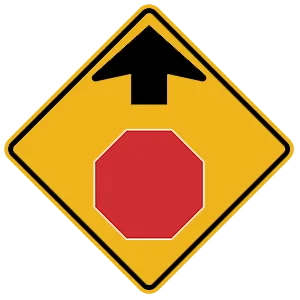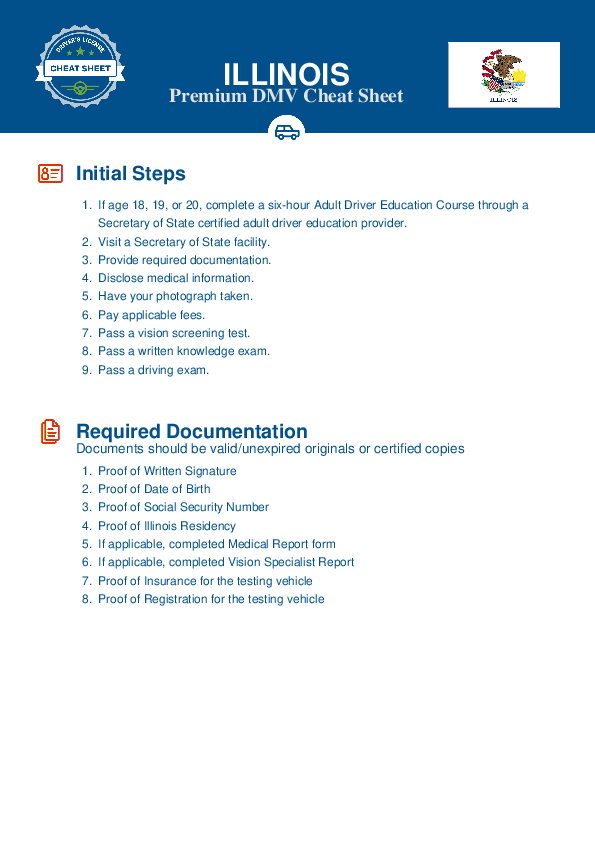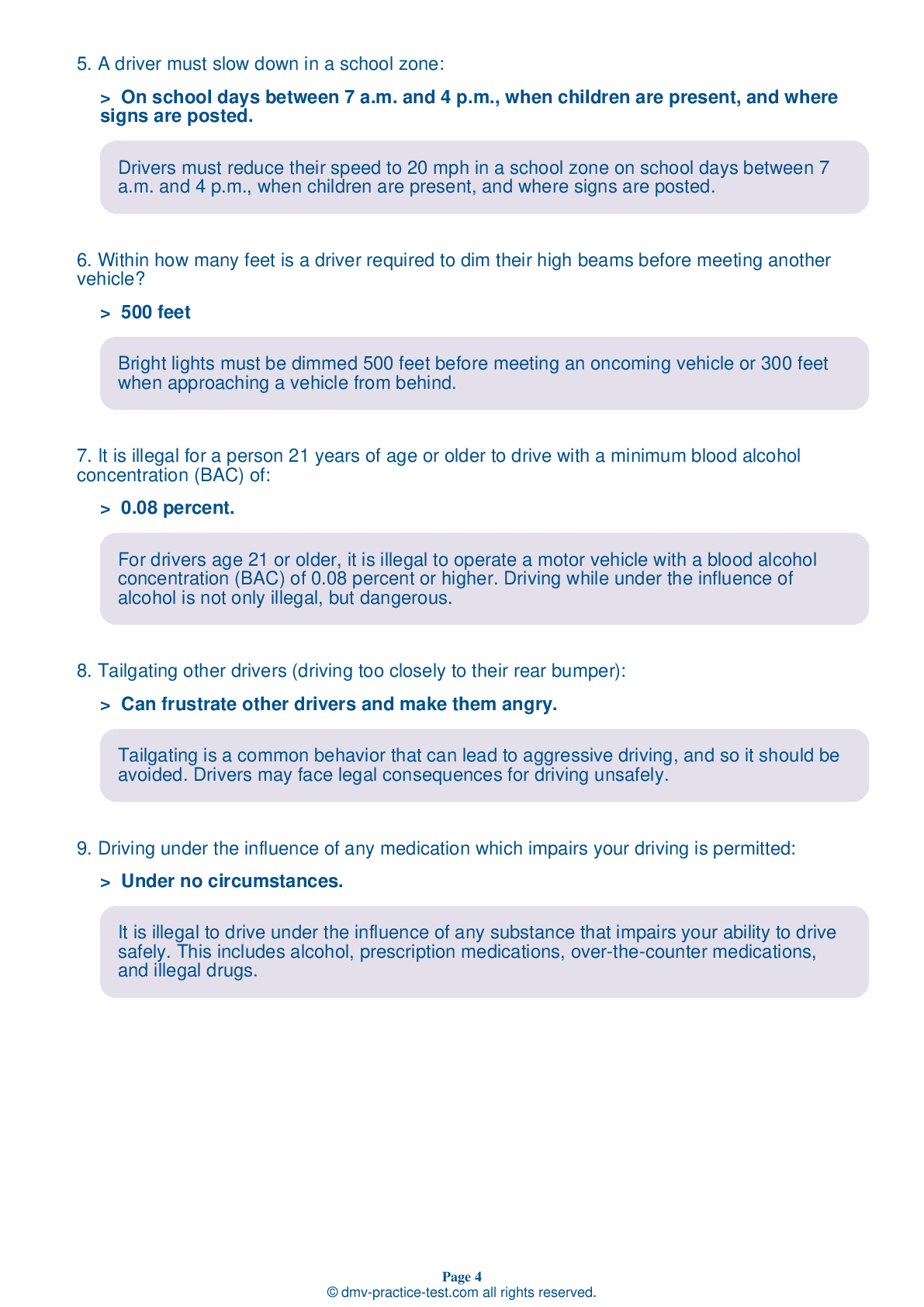FREE Illinois DMV Practice Test #4 Page 2 of 3
For January 2025, this set of Illinois DMV practise tests has been updated. It includes questions based on the most important traffic signs and rules for 2025 from the Illinois Driver Handbook. To study for the DMV driving permit test and driver's licence exam, use actual questions that are very similar (often identical!) to the DMV driving permit test and driver's licence exam.
Each question on the practise exam has a tip and explanation to help you recall the ideas. Questions about traffic rules, traffic signs, and driving statutes, as well as information from the Driver Handbook, will be included in the written portion of the official DMV test.
You must properly answer 38 of the 35 questions to receive a passing mark. To help you prepare for your Illinois instruction permit or driver's licence, take our DMV practise test.
The DMV exam is offered in a variety of languages.
Using any form of testing help will result in an automatic fail, and the DMV may take further action against your driver's licence, so avoid it.
13 . If you experience a tire blowout:
If you experience a tire blowout, you should slow down gradually by taking your foot off of the accelerator. Don't apply the brakes until the vehicle has slowed considerably.
14 . Driving privileges may be revoked for giving false information to the Secretary of State.
You may be arrested, imprisoned for up to five years, or have your driving privileges suspended or revoked for 12 months if you sign a driver license/ID card application that includes false information.
15 . When passing another vehicle, a driver should wait until the entire car they've just passed is visible in the rearview mirror before changing back into the right-hand lane.
When passing, you should not return to your original lane until the entire vehicle you've just passed is visible in your rearview mirror.
18 . Streets and highways are most slippery:
Driving during the first half hour of rainfall is dangerous because roadways become extremely slippery when the water mixes with oil and other chemicals on the road surfaces that have not yet washed away. Use extra caution when driving on slippery roads.
19 . Hydroplaning occurs when tires ride on a thin film of water instead of on the surface of the road. To prevent hydroplaning in rainy weather, you should:
In rainy weather, you should lower your speed to reduce the risk of hydroplaning. Driving too fast may cause your tires to ride up on the water and lose contact with the surface of the road, making it very difficult to control your vehicle.
20 . To improve visibility lowered by rain or fog, drivers should use their:
Use low beam headlights when driving in rain, snow, sleet, or fog. High beam headlights in adverse weather conditions lower visibility by reflecting off the precipitation and back into the driver's eyes.
21 . Drivers are not required to yield to pedestrians in a crosswalk.
A driver must come to a complete stop and yield when a pedestrian is in a marked crosswalk. A driver must also yield to a pedestrian who is in an unmarked crosswalk on the driver’s side of the roadway when there are no traffic control signals.
22 . Signs with orange backgrounds are:

The color orange is used only for construction and maintenance warning signs.
23 . When you see this yellow sign, you should:

A five-sided sign indicates that you are near a school. Be aware and stop if children are in the crosswalk.
24 . What message will be found on a red octagon-shaped sign?

An octagonal (eight-sided) sign always means "stop." You must always come to a complete stop at this sign.
See the exact questions that will be on the 2025 Illinois DMV exam.
99.2% of people who use the cheat sheet pass the FIRST TIME
LT gives us an insight on how the cheat sheet provided her with all the study questions she needed before taking her test.
Joe initially studied with the handbook and failed his test, he eventually found us online, studied and pass his test the first time around.





